Key factors:
College libraries have undergone a major shift through the years, adapting to modifications in expertise, schooling philosophies, and the dynamic wants of scholars. As soon as merely a quiet area to take a look at books, libraries have developed to supply college students with a holistic and interactive studying expertise.
Over the previous a number of years, these areas have remodeled into collaborative areas that encourage group work, discussions, and hands-on actions, selling creativity and innovation–finally changing into instrumental in shaping well-rounded, adaptable learners.
Whereas nonetheless a repository for data, there was a significant shift from conventional print supplies to a mix of bodily and digital assets together with: e-books, on-line databases, and multimedia assets to help numerous studying ranges. Librarians and media specialists at the moment are tasked with not solely making certain college students and educators have easy accessibility to important bodily media and textbooks, but in addition effectively managing an infinite quantity of digital assets.
Listed below are 3 ways college districts are utilizing libraries as a venue to supply college students with efficient, customized approaches to studying:
Versatile areas
College libraries have shifted to interactive areas, outfitted with 3D printers, coding kits, multimedia manufacturing tools, whiteboards, video games, and different instruments that encourage communication and teamwork. Conventional beige, inflexible layouts with rows of bookshelves and tables have given solution to open, adaptable areas that accommodate group work, discussions and numerous studying actions. Libraries now incorporate mixed-use furnishings, movable partitions, and numerous seating preparations to create areas that may be simply reconfigured to accommodate numerous group sizes and actions. Design parts akin to writable surfaces, multimedia stations, and deliberately positioned energy shops are built-in to help collaborative tasks and expertise use. As an illustration, in our library, we have now bike desks and crafting stations, and lately our college students engineered a Makerspace-style mini-golf course all through the aisles of our non-fiction part utilizing discovered supplies.
This shift displays a transfer towards energetic and collaborative studying environments, in addition to supplies college students with the instruments and assets to have interaction in hands-on, inventive studying tasks. These fashionable areas encourage creativity, innovation, problem-solving, and integration of STEM ideas, whereas giving college students a “mind break” from conventional classroom studying.
By embracing versatile studying areas, libraries are remodeling into dynamic facilities that not solely home data however actively encourage social interplay, teamwork, and the event of essential collaborative abilities important for fulfillment in at present’s interconnected world.
The digital shift
Together with conventional bodily supplies, college libraries now additionally home a wealth of digital instruments, together with e-books, on-line databases and multimedia assets. Particularly related during times of distant or hybrid studying, instructional expertise can grant college students distant entry to library assets earlier than or after college, or within the occasion of an absence. Adopting student-centric digital platforms empowers learners to conveniently entry important studying supplies, on-line databases, and academic software program independently from anyplace, selling steady studying and alternatives for enrichment exterior the bodily college setting.
Integrating with edtech software program and e-learning platforms permits librarians to collaborate with lecturers in delivering digital content material and assets on to college students, facilitating a seamless connection between classroom instruction and library assets.
By understanding and embracing digital media tendencies, college libraries aren’t solely adapting to the altering instructional panorama, but in addition enjoying a pivotal position in fostering digital literacy, creativity and innovation amongst college students.
Partnering with a useful resource administration system
Library useful resource administration software program permits librarians and media specialists to successfully handle bodily and digital assets effectively, inducing cataloging, circulation and stock administration, finally streamlining library operations. Invaluable analytics present insights into useful resource utilization patterns, college students’ studying habits, preferences, and general engagement with library supplies. This allows librarians to make suggestions for assets that align with college students’ pursuits and studying preferences. It additionally supplies the flexibility to curate collections that replicate numerous views and cultures fostering inclusivity and equal studying alternatives to broaden college students’ world views.
Adopting a data-driven method can inform librarians concerning the effectiveness of sure supplies and information future assortment growth, finally lowering the necessity for over-purchasing, duplicate spending or underutilization of assets, which ends up in environment friendly time administration and value financial savings.
Adjustments in our colleges’ libraries replicate the broader instructional shift in direction of getting ready college students for the calls for of the twenty first century, the place digital literacy, collaboration, and flexibility are important abilities for fulfillment. Shifting the main focus from a “conventional library” to an area that promotes lifelong studying abilities prepares college students for steady studying in an ever-changing world, contributing to the event of scholars’ important pondering, analysis abilities, and general educational success.
